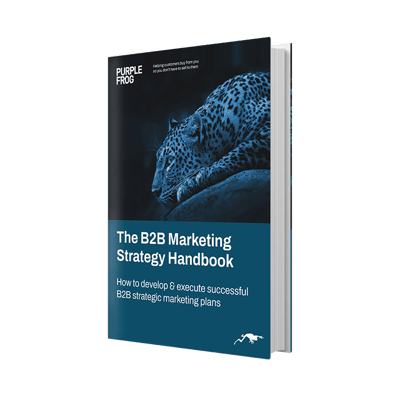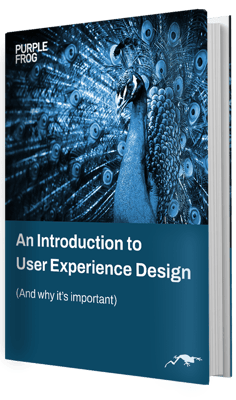How to integrate paid and natural search marketing

Many marketing departments are currently looking at ways to improve their search engine rankings but often treat paid search such as Google Adwords as a completely separate function than Search Engine Optimisation and in many cases budgets for both functions are separated. This however, is not the correct way to look at these, adwords may be an advert but SEO when done properly is also an advert it is just targeted using free listings not paid for ones.
There has been a change in the way search engines are bringing information to the attention of web users as they are now bringing content from social media sites to the results pages. As a result it is clear that those marketers who understand how to use social media channels to populate the internet with their content will sew and reap a significant SEO benefit and therefore as a result an increase in relevant traffic but this can also be applied to paid search marketing providing a combined strategy is being followed.
It is necessary however to have a combined strategy as the dynamics of both types of search overlap and can inform each other thereby saving money and increasing effectiveness. Consideration should be given to each of the tips given below:
Paid Search marketing using Google gives you access to a suite of tools designed for building paid search campaigns, but they can be used for planning natural search campaigns just as easily.
Keywords - the Google keyword tool gives an indication of the amount of time certain search strings and terms are entered and this is across all of Google so this information can be used to improve your free search optimisation as well. There is no point in spending money on optimising your site for search strings that are rarely entered.
Linking - Googles Ad planner tool can also be used to help in building links, a vital ingredient in your SEO camapign, as it contains a wide range of filters that enables you to find sites that are related to your target audience.
Use Adwords as a way of testing search strings that you think are relevant and if successful change your SEO strategy to move your site up in free search listings for these. Look to see the paid searches your competitors are keen on and develop an SEO strategy which enables you to gain access to these markets on the natural searches.
Natural Search rankings can also be used to inform and increase the effectiveness of your paid strategy.
Dual visibility is a great opportunity - if a generic brand message appears in the natural free listing you a can run a specific product or special offer promotion simultaneously in the paid search columns.
Complementary visibility is also possible by using the your best performing natural searches and paying for complementary searches where you do not appear.
Both paid and natural search rely on algorithms which Google claims are dealt with separately by them but it is clear that if you build your site content with the search strings you are targeting, for both paid and natural search, you will increase your chances of appearing where relevant and in the case of paid search for the lowest possible cost.
In summary developing a campaign is an ongoing project and cannot be discussed agreed on and then left for a year. Continual development analysis and testing is required, along with the development of separate pages designed to get the most out of the knowledge you have gained.
At Purple Frog we believe that in order to maximise the return from your marketing budgets, search should be seen as and managed as one channel with two different streams of activity.
More blog posts

Don't bother to read this blog!
The secret to brave marketing Ok - I knew you would. We are all naturally inquisitive beings, but none of us like being told...
Can Online and Offline Marketing Work Together?
I was recently asked this question by someone I was trying to explain online marketing to. It is a very interesting question if...




